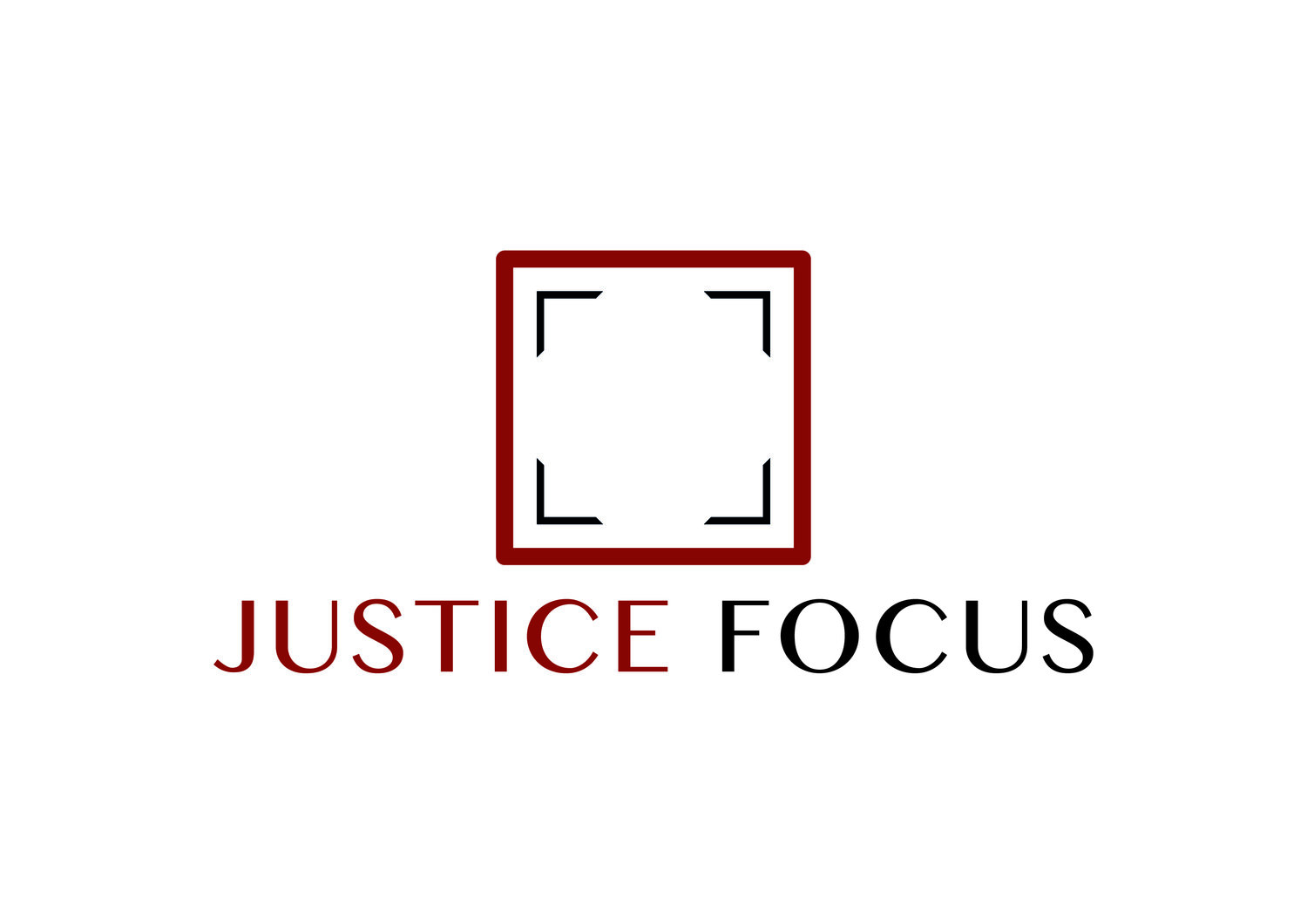You have insufficient credit for ‘Justice’. Please select ‘Justice Lite’.
Terms and Conditions: Justice Lite.
You may experience limited system functionality and delays. Access to technical support and to other Justice users may be limited and may not be available in your language. In-app purchases apply.
Do you agree with the terms and conditions?
You must accept the terms and conditions to continue.
Upgrading to the full version for a monetary or social fee minimises delays and/or unlocks more justice features. Superior Justice system functionality and technical support is provided.
The underserved
This blog series that has been put together by Injustice has shown the various ways that there is no level playing field when it comes to criminal justice, with discussion of some specific groups, such as anyone identifiable as below middle-class norms or ideals, women and BAME people. I think of these groups together as those which are underserved by society. In some way, they are perceived as and/or treated less than the norm. In this way, they go through a process of othering. All the while they are the other, it is easier not to be outraged about their treatment.
I say, we need to be outraged!
A lesser justice
We are told that we are all equal in the eyes of the law, but what we have seen is that for many, the version of justice that we receive is watered down. For example, people can be and are imprisoned before they have been found guilty, purely because they cannot afford their bail term. More than 38,000 people were sent to prison last year even though they were never convicted of the crime they were accused of. This is how people are criminalised due to their poverty.
A study from the US, also found that being held on pretrial detention (aka remand), ‘increases the probability of conviction’ and that ‘these adverse effects disproportionately hurt low-income individuals’ (Leslie and Pope, 2016). Again, a lesser version of justice for some people.
The massive cuts to legal aid, introduced in 2012, will finally be reviewed soon, to assess whether the £450m per year reduction has had an impact on access to justice . The Legal Aid, Sentencing and Punishment of Offenders Act (Laspo) has forced people who are no longer eligible for legal aid, but unable to afford a lawyer, to represent themselves in court. With all the pomp and ceremony surrounding the court process and the almost alien levels of formality of procedure and language (do we really need Latin phrases to be used anymore?), how can this experience be seen as fair or equal, in comparison to those who can afford to pay for detailed, practiced, expert support?
Some magistrates actually resigned in protest at the unfairness of the system when the Criminal Court Charge was introduced (April 2015), which they stated encouraged innocent people to plead guilty.
Highlighting the realities over the spin
So much of the justice system is hidden from popular view - in police cells, in closed courtrooms or behind prison walls, but also behind the presumption that the system works. What is powerful about films like Injustice, is that it brings into sharp focus what is hidden. I’m talking about real people that have found themselves in difficult circumstances and have made bad decisions. People who we - as a society, have sent to a place that will harm them rather than help them to improve. It would be easy to think of all those in prison as bad people, and trot out phrases like if you can’t to the time don’t do the crime, but the film shows that the real world is far more complicated than that.
People tend not to question the status quo. We assume that the system works.
We assume that the sentences are proportionate - the sentence fits the crime and that if someone is in prison, surely they deserve whatever they get. The themes brought up in Injustice, clearly show that there are many issues with this way of thinking.
The work of Injustice is important because it highlights the realities of criminal justice system. Realities that the public may be kept from or wouldn't normally think about. We need them to think about it and we need them to be angry about it.
Theory of Change
By highlighting the realities, the aim is that a greater number of people will feel informed about criminal justice issues and contribute to positive change. Fewer people will buy into the sound bites like tough on crime and instead be more aware of the damages that this kind of rhetoric can cause. We need to demand more from politicians, pushing them to take evidence based decisions and listen to the criminologists, the criminal justice practitioners and yes, the prisoners and their families too.
I have developed a full theory of change that serves as a model that can lead to an effective and accessible criminal justice system.
I hope that everyone that watches the film thinks about how they can engage the public, or the people they know, in an accessible way, to think about what we really want for our justice system and how very different reality is right now.
Let’s not think about how we can upgrade more people from Justice Lite to Justice, but how to discontinue Justice Lite, so that the full version of Justice comes with every starter pack.
This blog was originally published as a guest blog for INJUSTICE: A film about prison, crime and justice.



